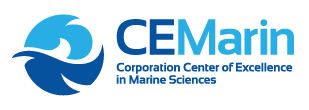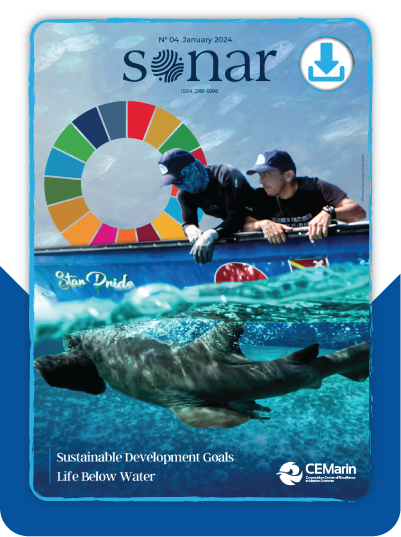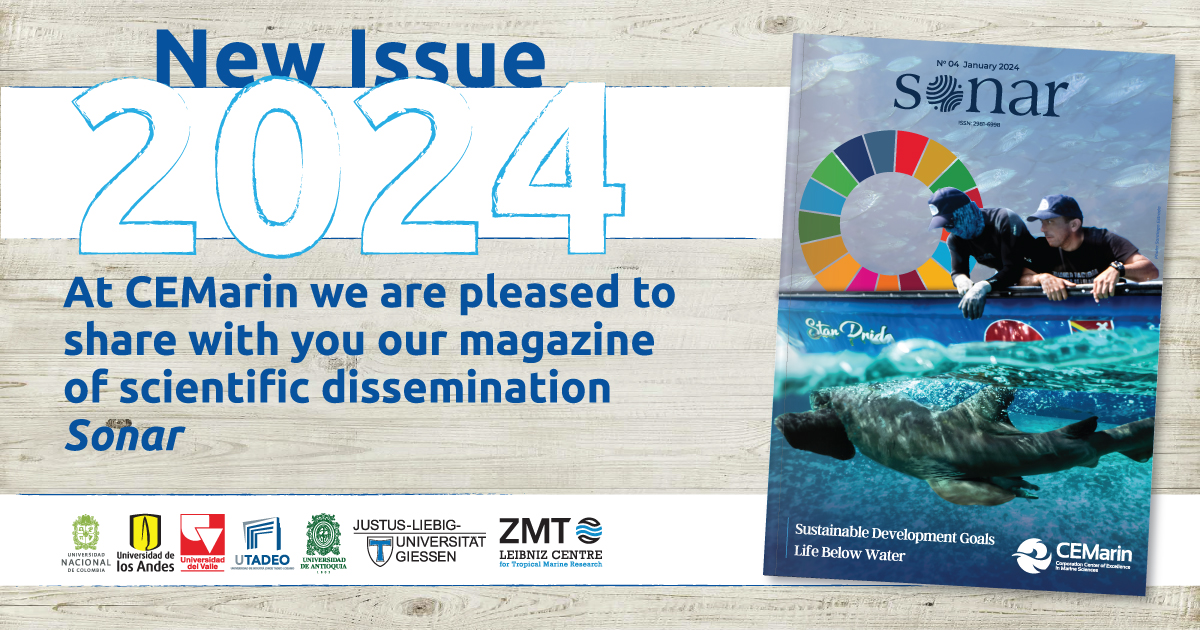
21 Mar How much progress have we made in achieving SDG 14 – Life Below Water?
With the new edition of our marine and coastal science magazine, you can delve deeper into the Sustainable Development Goals (SDGs), especially SDG 14 “Life Below Water,” which is key to efforts to maintain a more sustainable world given that the ocean covers more than 70% of the planet’s surface and provides essential services that support life: it is the primary source of food, livelihood, and transportation for some three billion people around the world, in addition to being crucial to achieving at least 10 out of the 17 SDGs. However, it remains one of the least explored ecosystems on the planet.
For this reason, our CEMarin researchers, in collaboration with national and international experts, share their knowledge on various emerging topics and projects related to the SDGs in our marine and coastal science magazine – SONAR.
In this fourth edition, we prioritize global trends capable of proposing a new way of discussing the marine ecosystem, redefining how we interact and make decisions regarding the ocean and promote sustainable actions. Digital Twins of the Ocean (DITTO) are virtual and interactive representations of the ocean, which allow a bidirectional connection with it.

Digital Twins of the Ocean
We also highlight projects such as the ICMS – International Conference on Marine Sciences 2023 “Working today for the oceans of tomorrow” where, over three days, presentations, panels, workshops, and poster sessions focused on three key axes: i) Marine environmental change; ii) Sustainable use and protection of marine resources; and iii) Understanding the interactions between oceans and society.
Additionally, we provide a detailed overview of the sixth Mangrove Macrobenthos and Management conference (MMM6), an event that brought together more than 400 marine life enthusiasts in Cartagena. It featured five keynote speakers, 120 oral presentations, and 280 posters, among which the top 45 gave lightning talks. This conference was a friendly gathering to learn from each other as a community, a space where everyone wins – communities, mangroves, and biodiversity.
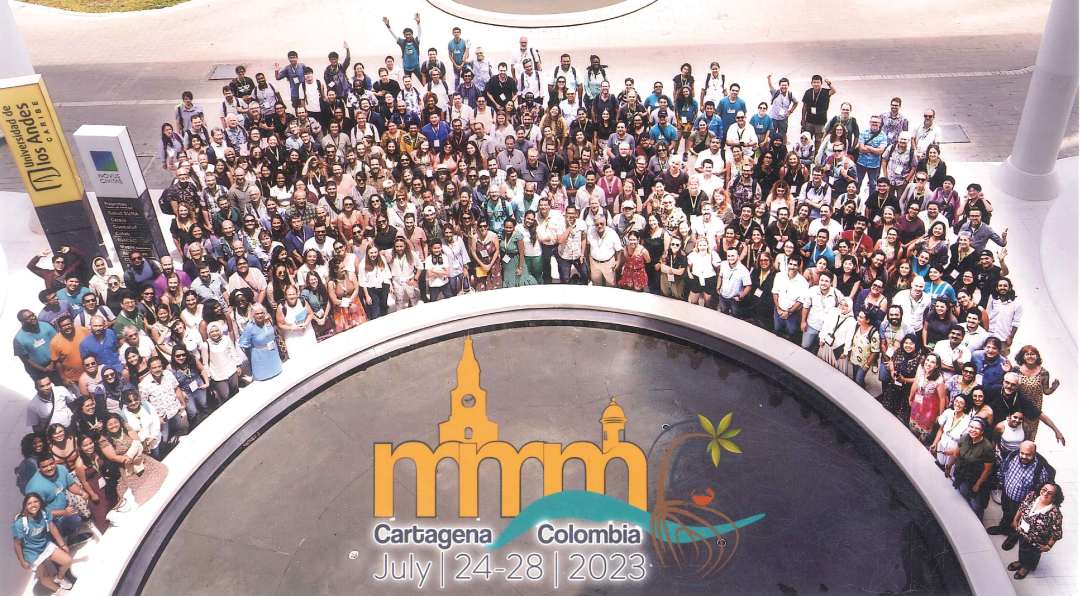
MMM6 participants
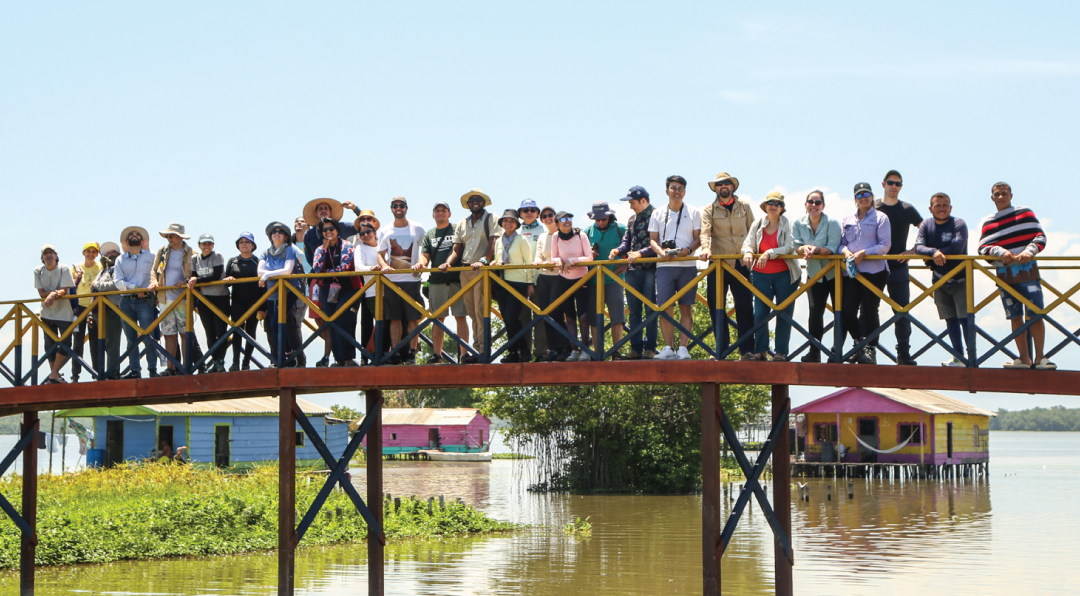
Pre-congress course participants
This event also had a very special prelude, the pre-conference course “Mangroves as Foundations for the Blue Economy,” which gathered 21 participants from nine countries, mainly from Latin America, Europe, and Asia, including both the private and public sectors, as well as high-level research institutes and early stage researchers. Along with international and national instructors, we developed an experiential dynamic through active learning activities that encourage reflection.
Finally, it’s worth mentioning that in this fourth edition of our marine and coastal science magazine – SONAR, we present several projects in which CEMarin and our member universities have participated:
* Insect-based sustainable shrimp aquaculture.
* Participatory aquaponics in the fishing communities of Uraba.
* Citizen–Science based evaluation of coral reef recovery in post-Hurricane Providencia.
* CEMarin-Nat Geo Expedition to the heart of coastal biodiversity: the Gulf of Tribugá and its importance for human communities in the territory.
At CEMarin, we hope that this fourth edition of SONAR magazine encourages you to continue working not only to safeguard marine life but also to promote a healthier and more sustainable planet for all.
